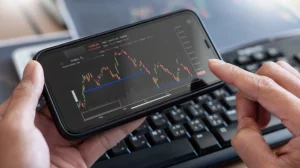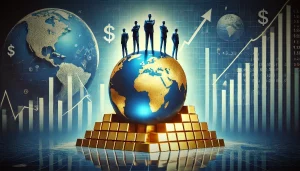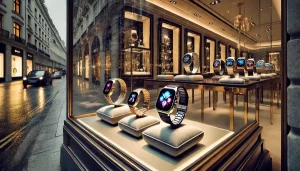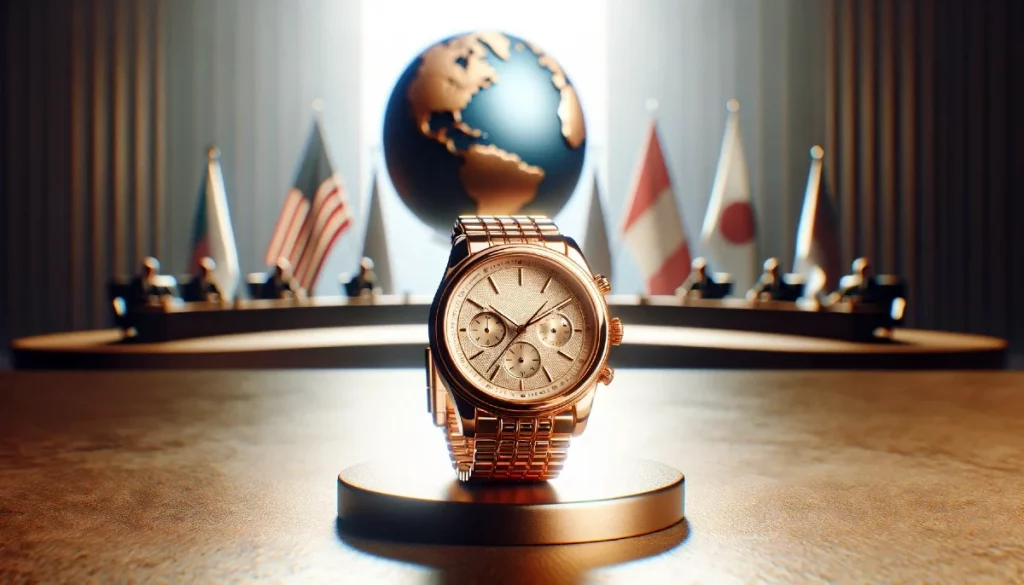The Intersection of Luxury and Politics
The luxury goods market, a dazzling beacon of global commerce, has long stood at the crossroads of desire and exclusivity. But what happens when this world of opulence collides with the turbulent waves of global politics? In this exploration, we dive into the intricate dance between the shimmering allure of luxury goods and the sometimes shadowy realm of international political dynamics. How do trade wars, shifting alliances, and policy changes ripple through the corridors of high-end boutiques and designer showrooms?
Historical Context: Luxury Market Politics Through Time
Historically, the luxury market has weathered storms of political upheaval, from economic sanctions to changing regimes. Yet, it has also been sensitive to these fluctuations. Recently, the world has witnessed significant political shifts: the rise of protectionism, the unpredictability of trade relations, and the resurgence of nationalism. How have these seismic changes reshaped the landscape in which luxury brands operate? Have they been agile enough to adapt to this new world order?
Trade Tensions: Tariffs Reshaping Luxury Dynamics
The imposition of tariffs and stringent trade policies has jolted the luxury sector. For instance, the US-China trade war saw tariffs levied on billions worth of goods, including luxury items. This not only escalated prices but also stirred uncertainty among consumers and investors. How have these economic barriers affected the supply chain, from raw material sourcing to the final retail experience? Are luxury brands absorbing these costs, or are they passing them on to the consumer?
Geopolitical Shifts: Adapting to New Trade Landscapes
The luxury market’s response to geopolitical dynamics such as Brexit and US-China trade relations showcases its resilience and adaptability. Brexit, for example, led to currency fluctuations, impacting both the buying power of consumers and the operational costs for brands. How are luxury companies restructuring their global strategies in response? Are they finding new markets to mitigate the impact of these changes?
Consumer Pulse: Regional Sentiments in a Political World
Consumer sentiment in luxury markets is a delicate barometer, sensitive to global political climates. In Europe, luxury consumption patterns shifted with the Brexit uncertainty. Similarly, in Asia, especially China, which is a powerhouse for luxury consumption, the political environment has led to cautious spending. How are luxury brands navigating these regional nuances in consumer behavior? Are they succeeding in maintaining their allure amidst political instability?
Digital Dawn: Overcoming Political Barriers in Luxury
In facing political headwinds, digital transformation has been a saving grace for many luxury brands. E-commerce platforms, social media marketing, and digital storytelling have opened new avenues to reach consumers. But is digitalization just a band-aid solution, or is it reshaping the luxury landscape fundamentally? How are brands using technology to create a seamless, engaging experience for their discerning clientele?
Sustainable Luxury: Ethics in a Politically Charged Era
The push for sustainability and ethical practices in luxury has gained momentum in a politically charged environment. Consumers are increasingly aware of the environmental and ethical footprint of their luxury purchases. But how are luxury brands reconciling this demand with the need to maintain exclusivity and craftsmanship? Are they truly embedding sustainability into their core values, or is it merely a veneer to appeal to the conscious consumer?
Future Forecast: Geopolitical Trade Impacts on Luxury
As we gaze into the crystal ball of the future, several questions emerge. How will ongoing political tensions and emerging global challenges shape the luxury goods market? Will luxury brands be able to maintain their prestigious positions, or will they need to redefine what luxury means in a rapidly changing world? Predicting the future is always fraught with uncertainty, but one thing is clear: the luxury market’s agility and innovative spirit will be crucial in navigating these uncharted waters.
Political Luxury Dynamics – A Delicate Balance
In this journey through the intersection of luxury and global politics, we have seen how deeply intertwined these worlds are. The luxury market, while seemingly insulated, is in fact highly responsive to the ebb and flow of international affairs. It’s a dance of adaptation and resilience, where the ability to anticipate and respond to global changes determines success.
Final Thoughts: Embracing Change in Luxury’s Global Dance
So, what does the future hold for the luxury market in this era of political unpredictability? Perhaps it’s time for industry leaders, policymakers, and consumers alike to rethink their strategies and expectations. In this ever-evolving narrative, the key may lie not just in surviving the storm but in learning to dance in the rain.
This table is structured to effectively compare the historical impacts and future predictions on the luxury goods market in relation to global politics
Aspect (Keywords) | Historical Impact (Luxury Market Politics) | Future Predictions (Geopolitical Trade Impacts) |
|---|---|---|
| Key Political Events | World Wars leading to scarcity and exclusivity in luxury items. Cold War era influencing global trade and luxury brand strategies. | Emerging geopolitical alliances shaping trade agreements. Rising nationalism and its potential impact on global luxury markets. |
| Market Response (Adaptation Strategies) | Shifts in manufacturing locations due to political tensions. Diversification in marketing during economic recessions. | Digital transformation in response to changing political landscapes. Diversification into new markets and product lines. |
| Consumer Behavior (Demand Shifts) | Post-war luxury booms and periods of austerity impacting consumer spending. The rise of the middle class altering luxury perceptions. | Ethical consumption trends driven by political awareness. Increased digital engagement and personalized luxury experiences. |
| Technological Influence (Digital Luxury Dynamics) | Introduction of television and mass media changing advertising approaches. Early e-commerce platforms beginning to influence luxury sales. | AI and VR in luxury shopping experiences. Blockchain for authentication and supply chain transparency. |
| Regulatory Environment (Trade Policies) | Trade tariffs affecting import/export of luxury goods. Intellectual property laws shaping brand exclusivity. | Sustainability regulations impacting production and marketing. Data privacy laws affecting customer relationship management. |
| Economic Factors (Market Trends) | The Great Depression’s impact on luxury consumption. Post-war economic booms boosting luxury markets. | Global economic recovery post-pandemic shaping spending habits. The rise of emerging markets influencing luxury brand growth. |
| Cultural Shifts (Consumer Sentiments) | Post-war luxury as a symbol of success. Cultural revolutions affecting brand perceptions and values. | Growing emphasis on experiential luxury over material goods. Cultural globalization creating diverse consumer bases. |











